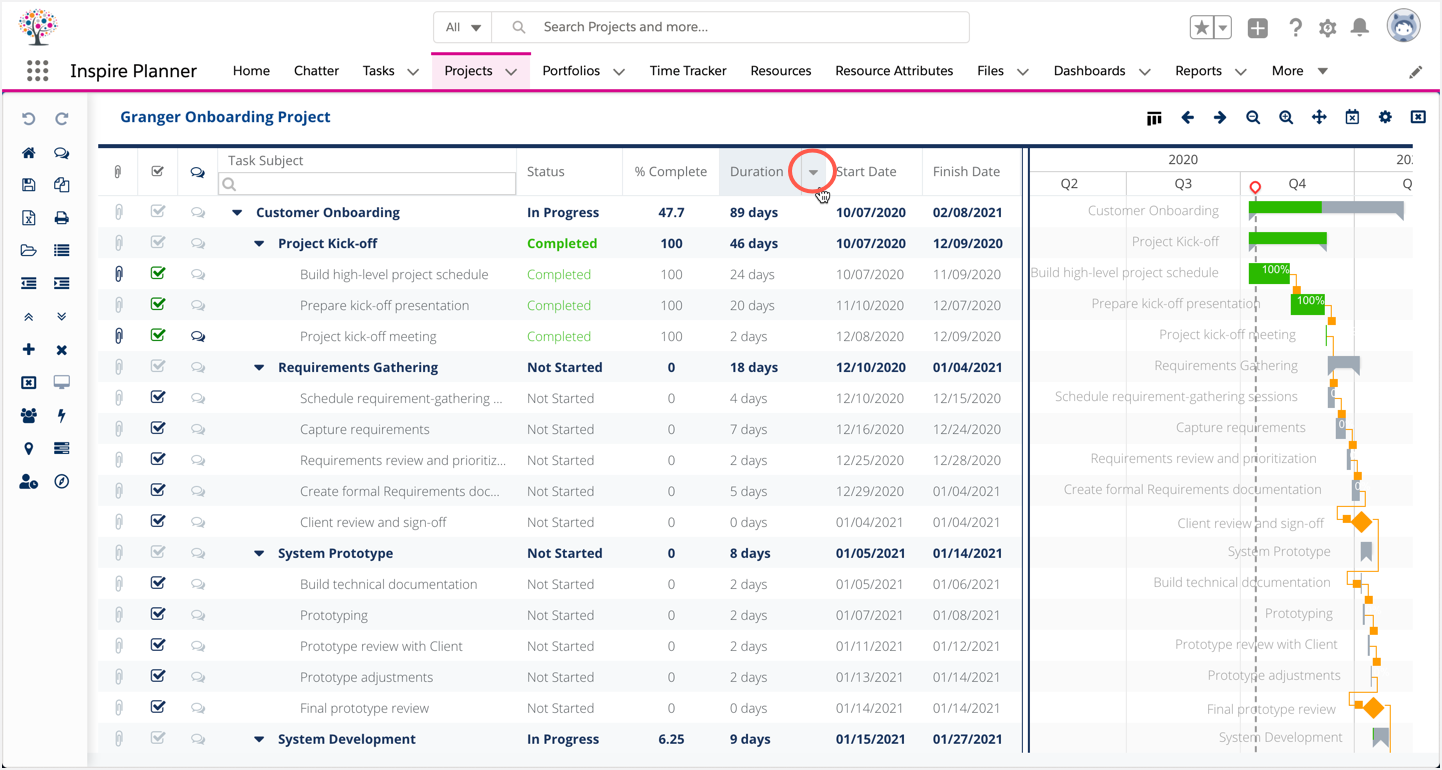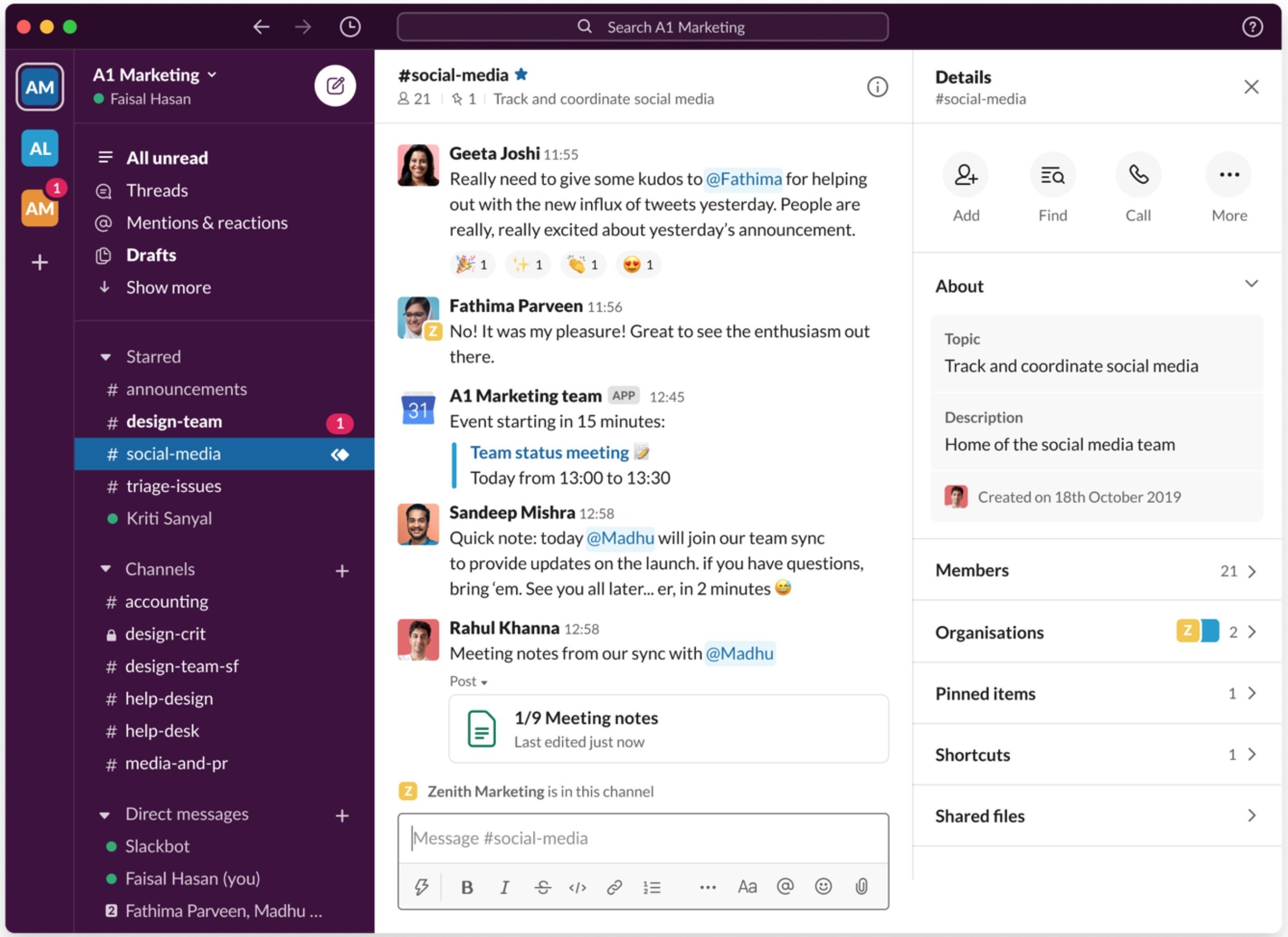
Information: A critical activity or task is the activity that has zero as the slack time. The same applies to the earliest finish time and the latest finish time. However, the earliest start time and the latest start time will be the same for all tasks on the critical path. Such tasks must be completed within their allocated time. Critical tasks that must complete on time to meet the project deadline, must not take any slack time.

Note: Slack time can only be used for those tasks that don’t lie on the critical path of the PERT chart. Slack Time in PERT (Program Evaluation and Review Technique) Network That’s why slack time management is the most important responsibility of the project manager. Suppose you have to finish a task today but the task is dependent on another task that will be finished by another person but not today. As a result, the overall efficiency of the team improves.
Slack time loosens up the stressed and burned environment. It means the activities with zero slack must be at the top of your to-do list. Slack time also helps prioritize the tasks to improve the team and the project’s efficiency. Not only slack time keeps the project on time, but also keeps it within the allocated budget. Everyone knows how much time he/she has to work on a certain task of a project which ensures the project is delivered on time. But we must do it carefully, as shortening the paths can increase project cost if an activity takes more than expected time. Slack time can help shorten the PERT chart path to improve productivity. More time can be allocated to critical activities to ensure the project is delivered on time. Slack time helps to estimate the time available between the various steps of a project.  Slack time helps finish the project on time when there are time imbalances in the individual tasks of the project. The following are the points that reveal the importance of slack time in project management. Not only it affects the project’s deadline, but also it can have a bad impact on the efficiency and performance of your team. If ignored, it can lead to some serious results like project deadlines can’t meet. In this case, we must calculate the slack time for all the activities on the PERT chart. This is the reason that project managers keep the extra budget in their back pockets to balance the imbalance situations to meet the project deadlines when there is the possibility of slack time occurrences. It is crucial to finish projects on time when it comes to the larger firms and brands. Importance of Slack Time in Project Management On the other hand, if you, as a project manager, go over the slack time, then it can affect the time of other tasks and the overall project deadline as well. In this way, slack time helps keep the project on time which would have been delayed if the project manager had followed the allocated time for each task. Then the manager allocates the extra time to this task from another task that may task less time than the allocated time.
Slack time helps finish the project on time when there are time imbalances in the individual tasks of the project. The following are the points that reveal the importance of slack time in project management. Not only it affects the project’s deadline, but also it can have a bad impact on the efficiency and performance of your team. If ignored, it can lead to some serious results like project deadlines can’t meet. In this case, we must calculate the slack time for all the activities on the PERT chart. This is the reason that project managers keep the extra budget in their back pockets to balance the imbalance situations to meet the project deadlines when there is the possibility of slack time occurrences. It is crucial to finish projects on time when it comes to the larger firms and brands. Importance of Slack Time in Project Management On the other hand, if you, as a project manager, go over the slack time, then it can affect the time of other tasks and the overall project deadline as well. In this way, slack time helps keep the project on time which would have been delayed if the project manager had followed the allocated time for each task. Then the manager allocates the extra time to this task from another task that may task less time than the allocated time. 
To keep the deadline intact, the project manager analyses the time required by all the tasks individually. However, when there is a situation where a task demands time more than the estimated time, then the project manager creates slack time to keep the project on time.įor example, if a task requires deep research or more than expected testing, then this task time may delay the project deadline.

If all the tasks are being finished according to their schedules, then there is no need for slack time. Don’t be confused, “Slack” and “Float” are the same things in project management. The “ Float” is another term that we use alternatively for “Slack”. In simple words, with respect to pert and CPM, slack time is the amount of time that can delay the completion of a task without delaying the other tasks or without delaying the overall deadline of the project. Slack Definition: Slack time is referred to as the time difference between the required date to fulfill the critical path and the scheduled completion date. What is Slack Time? Slack Time Defined in terms of Project Management








 0 kommentar(er)
0 kommentar(er)
